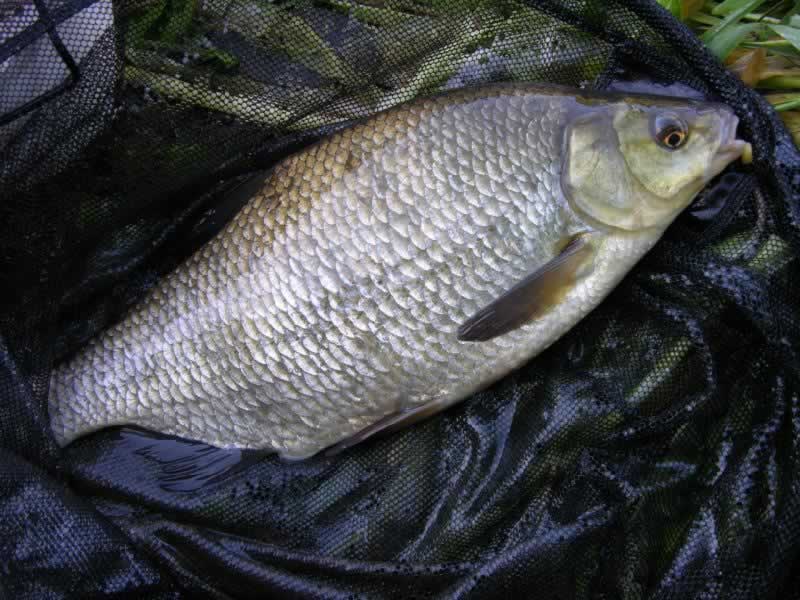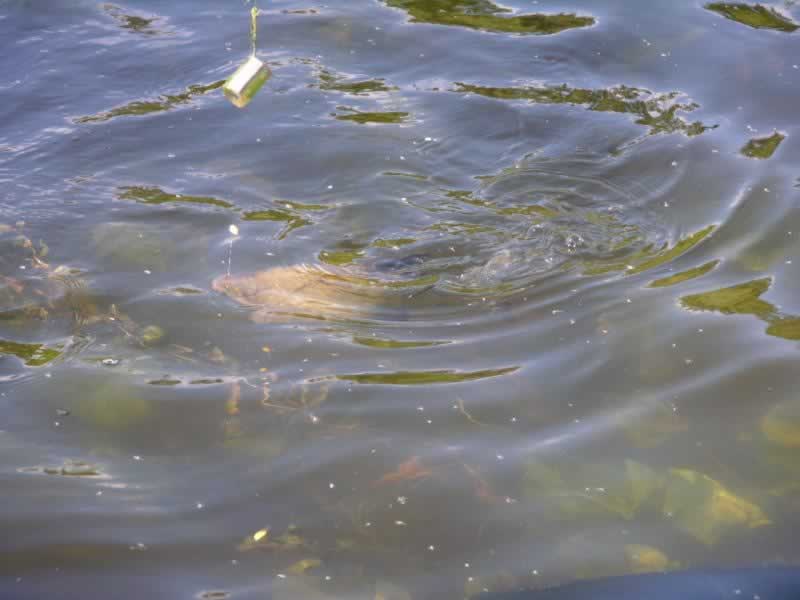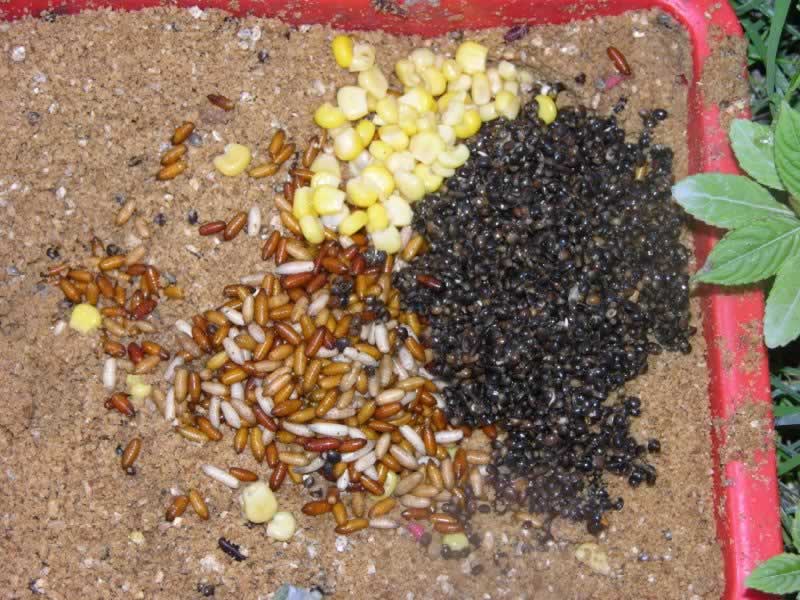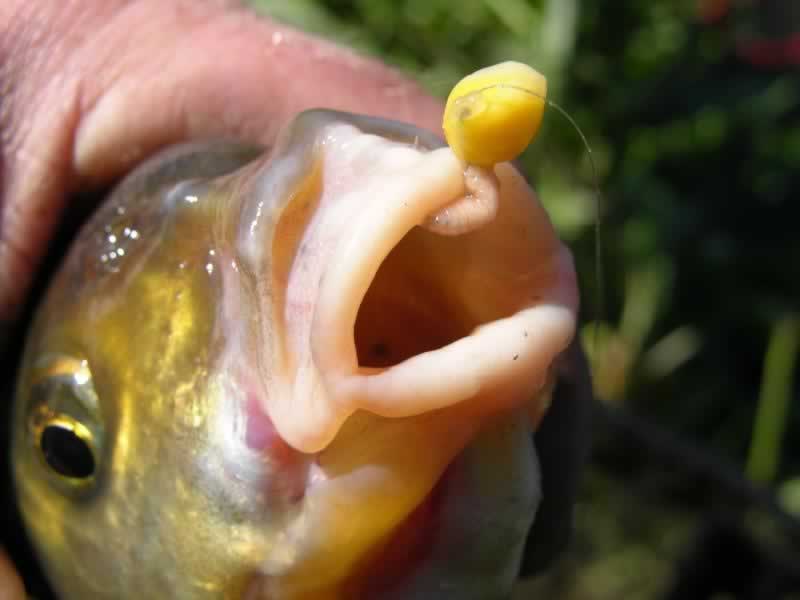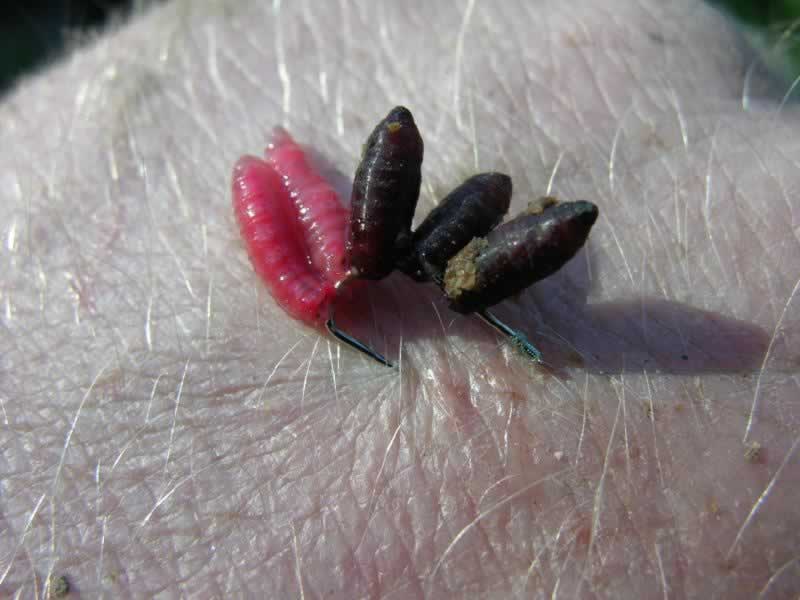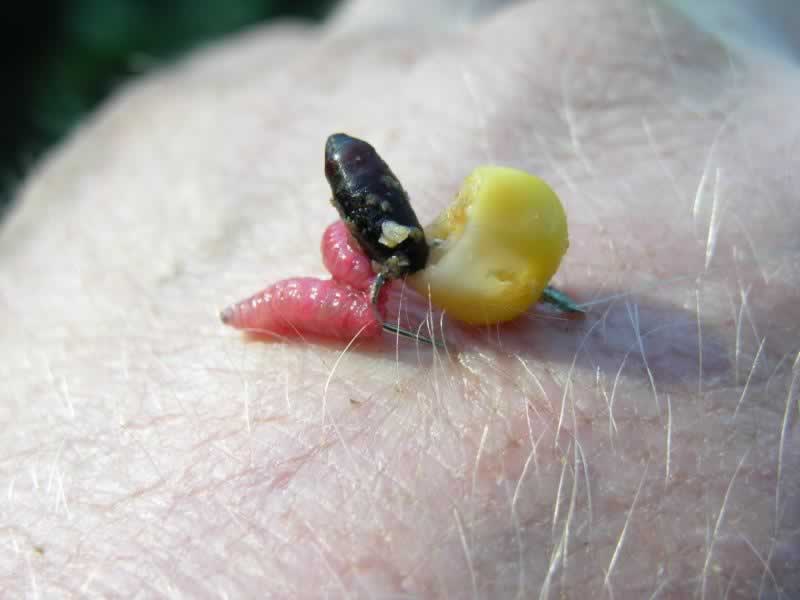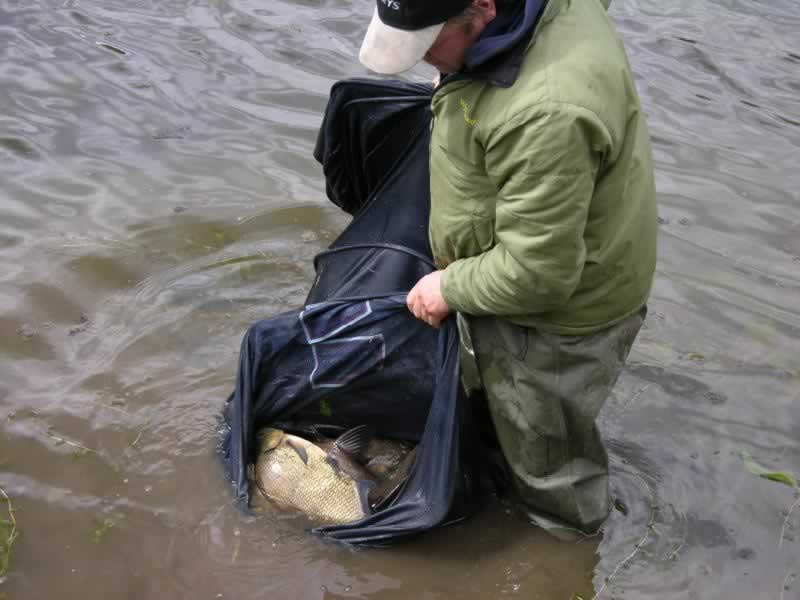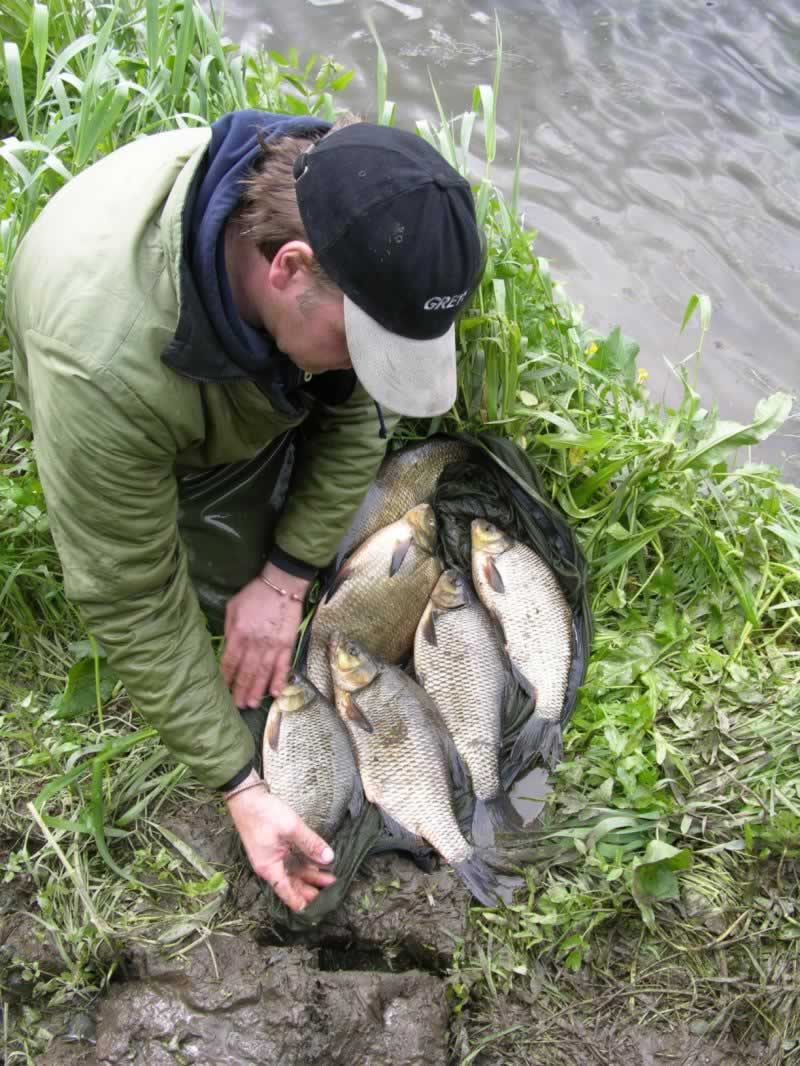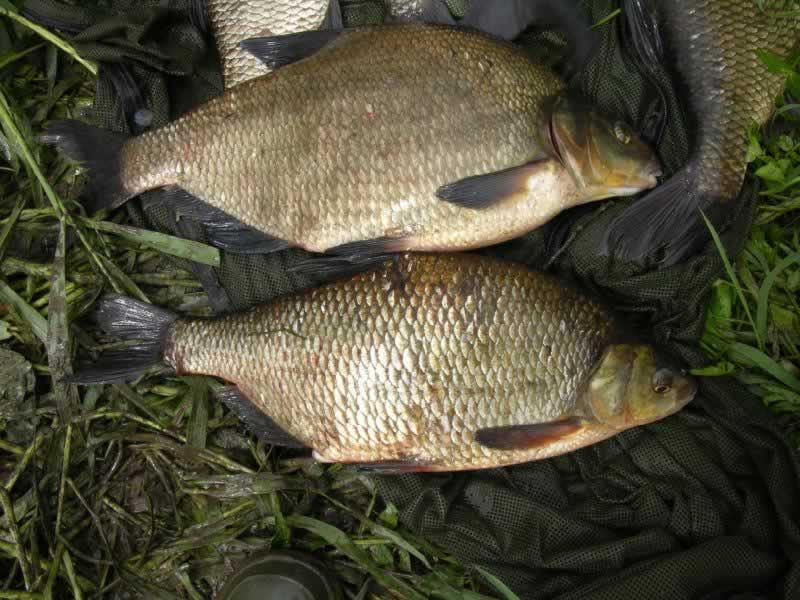Specimen Hunting Series Part 8 Roach/bream Hybrid
The Roach-Bream Hybrid Challenge
Irish record, 7 pounds, taken at lower River Bann on 24.04.2002 by Roy Gretton
Specimen weight, 3.528 pounds or 1.6 kilos
The trip
Two years ago, the prospect of locating and catching a specimen Roach-Bream Hybrid would have given me no cause for concern at all. In fact, it would have been so easy I would not have considered targeting it for this series! The Lower Bann running from Lough Neagh at Toome down through Lough Beg and beyond was the premier specimen water of Ireland, recording hundreds of specimen Hybrids and many records, including the current Irish record.
Times have changed, and this wealth of specimens has all but disappeared. Some may dispute this but I have recently fished the venue numerous times and can find no trace of the huge shoals that have provided so much sport and pleasure over the years. Certainly, at the time of writing, the numbers of Bream are consistent but the hard fighting Hybrids are gone.
Netting has been a problem, with rumours that some fish were taken for commercial fisheries, many for food, and others as a by-catch by illegal Pike poachers. All this speculation may have some substance but I have another theory. It is my belief that the phenomenal year class of these huge but very old fish has finally reached the end of its cycle, and, apart from a few stragglers, most are now gone. Some of the last fish recorded had a couple of scales removed and were scientifically aged. The data showed that these fish were averaging twenty five years old, the upper limits of their life-span.
The fight of a Hybrid is distinctive. Powerful, erratic and extremely dogged
So, back to the challenge. My obvious and immediate problem is to find a venue that currently produces Hybrids averaging three to four pounds to be in with any kind of a chance. Lough Derravaragh is a venue that has turned up huge specimens over the past few years, and will probably break the record sometime. The difficulty is that it is a large expanse of water and one that I am totally unfamiliar with. Not a good recipe when you only have one shot at a result! Interestingly, the River Barrow has also been producing Hybrids. I have watched the growth of these fish over the last seven years and they are now beginning to feature each year in the specimen book, and the Barrow is a venue that I am familiar with.
Make sure you have plenty of particle baits, such as corn, casters and boiled hempseed
The decision was made, and with the stretch of water I had in mind situated a mere two hundred miles away, it would have to be a week- end venture. One thing I can say for specimen hunting, an angler certainly gets to see plenty of Ireland in search of different species. My arrival at the bank side by late evening left enough time to pick a fishy looking area, set up a feeder rod and mix enough ground bait for twenty, large orange sized balls of feed to go in as pre-baiting for the following day. With the rod set up and ready, a few practice casts happily confirmed the lack of “snags” in my chosen swim. As the empty feeder hit the water, it was quickly and accurately followed by the pre-mixed balls of ground-bait, laced with caster, boiled hempseed and sweet corn. Hopefully this will be enough to attract a few decent fish to the area. Nothing left now but to brew a cuppa on the stove and get the head down in the “bivvy”, ready for an early start.
The following morning the chilly mist eventually gave way to bright sunshine, although it was still cool enough to necessitate a cooked breakfast and brew up before venturing down to the swim. All anglers know only too well that fry-ups and tea never taste as good as when you’re roughing it along the riverside.
First cast over the pre-baited area produced a decent Bream of around four pounds, not a bad start to the day, and this was followed by another, and another and so on until the keep net became a little crowded. This is the usual scenario when targeting Hybrids and so it was just a case of rolling the sleeves up for a Bream bash in the hope that a Roach-Bream will bully its way to my bait sometime during the day. It wasn’t until midday and well over one hundred pounds of Bream later that the rod tip finally kicked and jumped to the tune of a hyper Hybrid.
Hybrids have a passion for sweet corn!
Quickly to the scales, it pushed the marker over the three and a half pound barrier and thankfully, my specimen challenge completed. Delighted that the decision on choice of venue had paid off relatively easily, there was nothing left but to fish on through the afternoon hoping for a few more specimens. By this stage, all Bream landed were released immediately, and any larger Hybrids were safely “sacked up” in a couple of carp sacks I carry in the jeep. This keeps them calm and healthy for weighing or photographs later, and avoids overcrowding.
By late afternoon, I had had my fill of Bream bashing and decided to call it quits for the day and say farewell to my favourite coarse fishing venue, although the shoal in front of me were still happily feeding. With one hundred and fifty pounds of Bream in the net and about eighty pounds of fish released on capture, there were plenty of fish to get through during the session in order to find five Hybrids, but it was a very enjoyable days angling. I know, I know, it’s a rotten job, but someone has to do it!
Bait
The bait favourites fall into the same category as Roach and Bream, as you would expect. Maggots, caster and sweet corn would be the top three, with caster and boiled hemp seed excellent as particles in the ground bait or loose fed with a catapult if conditions dictate. Two caster and three maggots on a size 10 is the standard procedure when I target Hybrids, or one caster and two maggots on a size twelve if bites are slow. It is a rare occasion that I have to drop down to two maggots on a 16 or 18 on a 1.5-pound hook length, but there have been times when this has saved a blank. Scary stuff when a six-pound Hybrid turns up though!
Excellent hook-baits when targeting Hybrids, roach or Bream
Tackle
Float fishing can work extremely well at times, using slider or waggler tactics depending on the depth of your chosen swim and speed of flow. A roach pole can be great fun when it comes to taming a hard fighting Hybrid but ledgering is, without doubt, the most popular and successful method to target this bottom feeding species. Concentrating on ledger techniques, a standard, twelve or thirteen foot quiver tip rod is required, teamed with a high retrieve match reel and loaded with four- pound b/s nylon. I prefer to use a quality, sinking braid in the same diameter, as this gives superb bite detection and excellent strength to diameter ratio, although bite detection from Hybrids is rarely a problem.
The high-speed reel comes in handy when retrieving the end tackle over snags and weed beds, not required when playing a fish. A good clutch is useful, but personally, I tend to back wind if a fish needs line, using the clutch as an emergency back up. The thirteen- foot rod is handy for distance casting and line pick up on the strike. As far as end tackle goes, keep it simple. A small, over-hand loop will allow a lighter hook length to be attached. Approximately twenty inches above this, construct a six- inch blood loop to facilitate the swim-feeder. A running ledger can be employed, if preferred, to same effect.
A great haul of River Barrow Bream
For this, slide a John Roberts Boom on the main line, which will carry the feeder, followed by a small, rubber bead and swivel. The lighter hook length can be attached to the swivel. If I am using braid as main line, I incorporate twenty four inches of Power Gum as a shock-leader, and slide the boom on this, trapped between beads and swivels. When specimen hunting, finesse, on some occasions, may sometimes need to give way to strength and reliability. Hook sizes range from 10’s to 16’s and I prefer Kamasan B611, X strong. They are a wide gaped, chemically sharpened spade-end with micro barb, and in my opinion offer amazing hook hold for such a fine gauge wire. Put another way, they have yet to fail me and confidence in your kit goes a long way towards landing that fish of a life-time.
Less needs said about the usual array of tackle that follows all coarse anglers, but it is important to be comfortable at your chosen “hot-spot”. This includes rod rests that keep the rod close to hand, a keep net if required but not normally when specimen hunting, a brolly for shelter, and a landing net set up and ready. There have been quite a few occasions in the past where the largest fish of the day has turned up first cast, and it is almost comical going through the antics of putting a landing net together whilst playing a sizeable specimen. Don’t forget a camera and calibrated weighing scales if you wish to submit a specimen fish.
Sorting out the specimens amongst these Hybrids
Tactics
If hybrids are in the area, they will respond to heavy pre-baiting tactics. Having said that, there have been many occasions when Roach-Bream arrive and settle in during the course of the day, simply by dropping the swim feeder full of “goodies” in the same spot at regular intervals. They are quite happy to shoal with Bream and Roach, and it can be difficult, if not impossible to separate them whilst trying to target Hybrids alone. If this is the case, it is simply a numbers game. Just be happy to catch plenty of what is in front of you and hope that the next fish is a Hybrid, you will know as soon as you hook it! Always keep the rod tip near the surface of the water, as this is easier on the eyes regarding bite detection. It also helps with the long, steady sweep during striking and keeps the main line below any surface drift. The exception would be when river fishing in a strong flow. In this case, keep the rod tip high with as much line as possible out of the current. A heavy feeder may be required to hold your bait in position, and watch for a typical slack line or "drop-back" bite before lifting into a fish.
As with Bream, “nurse” the swim by easing each fish away from the main shoal as it is hooked. This is best carried out by continuing the gentle sweep of the strike until the rod tip is as far back over your shoulder as is comfortable. With the fish pulled away from its “buddies” it can be played in the relative safety of open water, hopefully without too much disturbance. A hooked and lost fish amongst a shoal may lead to the end of an angling session.
Add a little movement to your hook bait by using mature casters. These are older, darker casters that are near to hatching and become buoyant. Two or three of these along with a maggot or two will give your hook bait a neutral density. As a fish forages for free-bees, it will disturb and lift the hook in a natural manner, hopefully encouraging a bite.
Spot the difference! Bream top, Roach-Bream Hybrid below
Interesting facts
It is a rare occasion when Northern Ireland is a step ahead of the South regarding angling. For many years, the aquatic science laboratory at Newforge, Belfast have analysed fin and scale samples for anglers, to determine fish identity without the need to kill a Hybrid or produce the actual body. Dr.Walter Crozier and his team carry this out on a voluntary basis. The process, known as electro-phorefis, involves running an electric current through a starch-based gel containing a liquefied sample of the fish tissue, such as a fin clipping. The electric current separates the proteins from the tissue. By introducing a dye, the proteins are highlighted, and these are known as bands or markers. The rates at which these bands move through the gel identify the species being analysed. The Irish Specimen Fish Committee have now come up with a similar system and require a clear photograph of the Hybrid along with a scale sample for identification purposes.
An angler will have a fair idea of what he has captured as a Hybrid will have the bulk and colour of a Bream, but still maintain the elongated shape of a Roach. A quick check of the anal fin rays will give a number between fifteen and twenty whereas a Roach has between nine and twelve and a Bream will have twenty three to twenty nine fin rays. It should also have approximately forty two to fifty four scales along its lateral line. Scientists determined that the huge Hybrids in the Lower Bann system were of the ’84 year class, and live for approximately twenty years or so. It may also interest you to know that a shoal of Hybrids may travel over ten miles in one day in search of food. This is why pre-baiting can be so effective!




